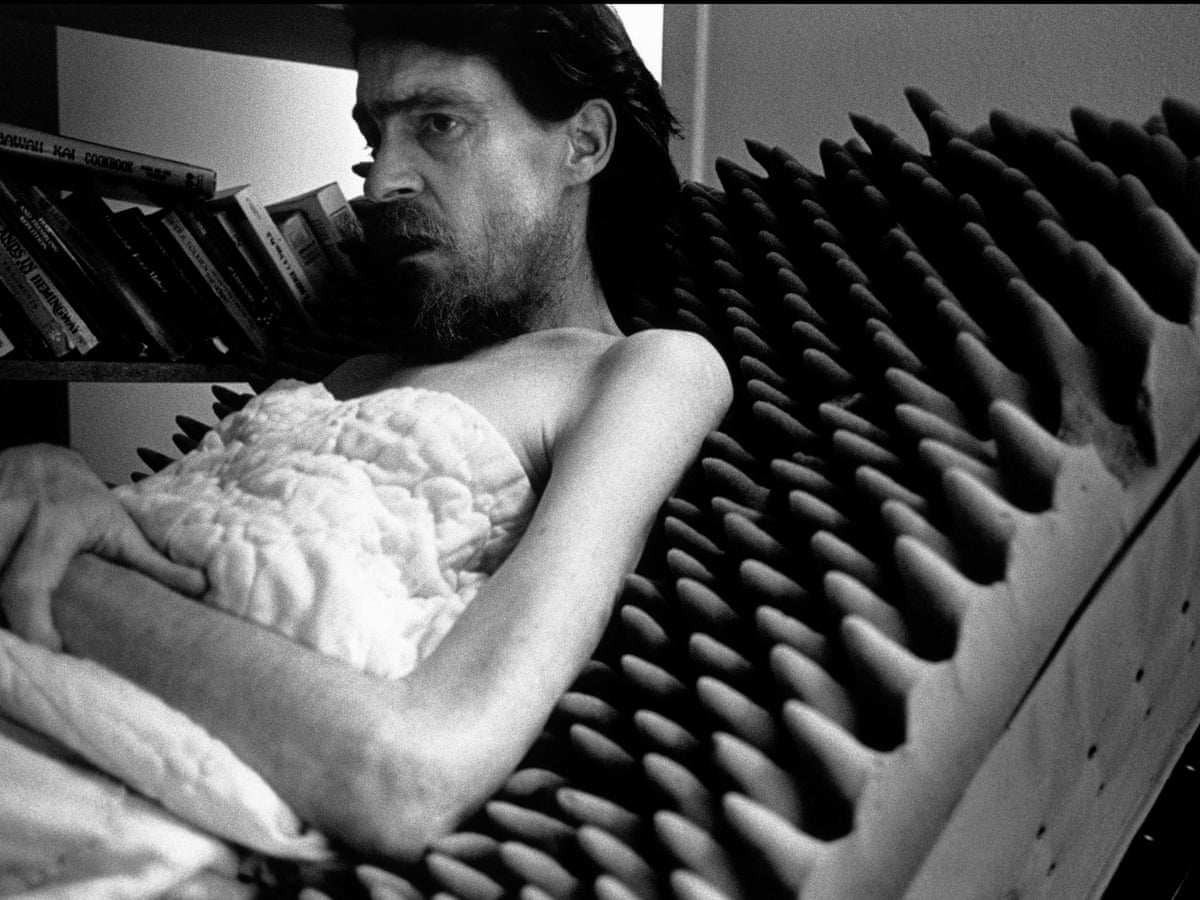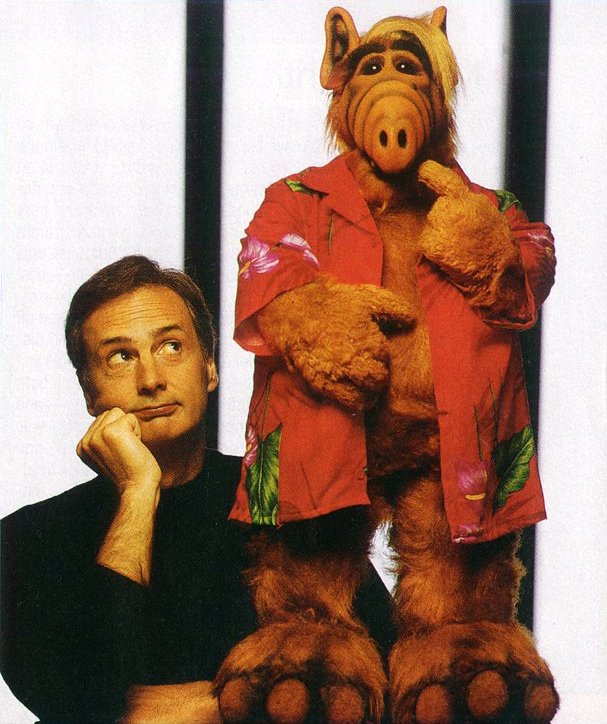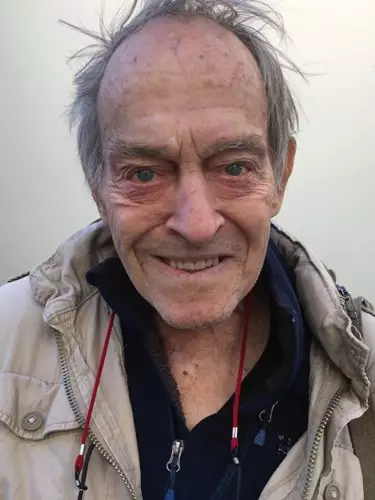Paul Fusco was a renowned photojournalist. His work captured the raw essence of human experiences.
Paul Fusco’s journey as a photojournalist is both inspiring and impactful. Born in 1930, he witnessed and documented some of the most significant events in history. His photographs tell stories that words often cannot. Fusco’s work spans over decades, offering a unique window into the human condition.
He is best known for his powerful images of the Robert F. Kennedy funeral train and his documentation of the Chernobyl disaster’s aftermath. Through his lens, we see the world from a perspective that is both intimate and global. His dedication to capturing truth and emotion has left a lasting legacy in the world of photography.
Early Life
Paul Fusco is a renowned American photojournalist known for his compelling images. His early life shaped his passion for photography and storytelling. Let’s delve into the beginnings of his remarkable journey.
Family Background
Paul Fusco was born in Leominster, Massachusetts. His parents were Italian immigrants. They valued hard work and perseverance. His father worked in a local factory. His mother was a homemaker who cherished family traditions. Growing up in a modest household, Paul learned the importance of resilience and ambition.
Initial Interest In Photography
Paul’s interest in photography began during his teenage years. He received his first camera at 14. It was a gift from his uncle. This sparked a lifelong passion for capturing moments. Paul started taking pictures of his family and surroundings. He found joy in freezing time through his lens. His early photos reflected his keen eye for detail and emotion.
Paul’s love for photography grew stronger. He decided to pursue it seriously. He enrolled in the Ohio University School of Journalism. There, he honed his skills and learned the art of photojournalism. His education laid the foundation for his future career. Paul Fusco’s early life experiences greatly influenced his path to becoming a distinguished photojournalist.

Credit: www.hollywoodreporter.com
Career Beginnings
Paul Fusco’s career journey started in an era filled with change. His early work captured the essence of American life. From humble beginnings, he rose to become a respected name in photography.
First Photography Jobs
Paul Fusco’s first jobs were with small local publications. These assignments allowed him to hone his skills. His keen eye for detail quickly set him apart. He soon moved to more significant projects and publications.
His early work included documenting everyday life. This work showcased his ability to capture raw emotions. These jobs built the foundation for his future success. Each photo he took told a unique story.
Joining Magnum Photos
In 1973, Fusco joined the prestigious Magnum Photos. This was a significant milestone in his career. Magnum Photos is known for its elite group of photographers. Here, Fusco worked alongside some of the best in the field.
Joining Magnum allowed him to travel worldwide. He covered crucial events and captured historic moments. This opportunity expanded his horizons and refined his craft. His work gained international recognition and acclaim.
Through Magnum, Fusco’s photography reached a broader audience. His images resonated with people around the world. This period marked a turning point in his career. He evolved from a local talent to a global icon.
Signature Style
Paul Fusco’s signature style is marked by deeply emotional and evocative photography. His unique approach captures raw human moments with incredible intimacy.
Paul Fusco’s signature style reflects his deep empathy and keen observation. His photographs often tell powerful human stories. They capture the essence of his subjects. Fusco’s unique approach has earned him a place among the greats in photojournalism.Humanitarian Focus
Fusco’s work often highlights humanitarian issues. He sheds light on the struggles and resilience of people around the world. His photos from the Robert F. Kennedy funeral train are iconic. They show a nation in mourning. They also capture the diverse faces of America. Fusco’s images speak for those who might otherwise go unheard.| Photo Series | Focus |
|---|---|
| RFK Funeral Train | National Mourning |
| Chernobyl Legacy | Nuclear Disaster Impact |
| Latino Communities | Immigrant Life |
Emotional Depth
Fusco’s photographs have an emotional depth that resonates. Each image tells a story. His subjects often reveal raw emotions. This connection draws viewers in. His Chernobyl series is a stark example. The images show the haunting aftermath of the disaster. They capture the pain and resilience of the affected people.- Raw emotions
- Powerful storytelling
- Human connection

Credit: www.theguardian.com
Iconic Projects
Paul Fusco, a renowned photographer, is known for his exceptional work on various iconic projects that have captivated audiences worldwide. Let’s delve into two of his most notable projects:
Rfk Funeral Train
Documenting the somber yet poignant journey of Robert F. Kennedy’s funeral train, Paul Fusco’s photographs captured the nation’s collective grief and reflection.
Chernobyl Aftermath
In his project depicting the aftermath of the Chernobyl disaster, Paul Fusco skillfully portrayed the haunting consequences of the nuclear catastrophe.
Challenges And Triumphs
Paul Fusco, a renowned American photographer, experienced many challenges and triumphs throughout his career. His journey was marked by technical difficulties and critical acclaim, shaping his legacy in the world of photography.
Technical Difficulties
Paul Fusco often faced technical difficulties during his assignments. Working with limited resources, he had to rely on his ingenuity. His early career involved film photography, requiring careful planning. Each shot needed precision. Film rolls had limited frames, unlike today’s digital cameras.
Developing film presented another challenge. Mistakes during development could ruin entire sets of photographs. Despite these difficulties, Fusco adapted. He developed a keen eye for detail. His ability to capture the essence of a moment became his trademark.
Critical Acclaim
Despite the challenges, Paul Fusco received critical acclaim for his work. His photographs of Robert F. Kennedy’s funeral train are iconic. They captured raw human emotion and the nation’s grief. This series brought him international recognition.
Fusco’s work was published in prestigious magazines. He also received awards and honors for his contributions. His ability to tell stories through images earned him respect in the photography world.
Paul Fusco’s career is a testament to perseverance. His challenges made his triumphs even more significant. His legacy continues to inspire new generations of photographers.
Legacy And Impact
Paul Fusco, a renowned photojournalist, left an indelible mark on the world of photography. His work transcended mere images, capturing the essence of human experiences. Fusco’s contributions continue to influence photographers and photojournalism alike. His legacy serves as an inspiration, guiding future generations in their pursuit of impactful storytelling.
Influence On Future Photographers
Paul Fusco’s work inspires many upcoming photographers. His dedication to capturing reality influenced countless artists. Fusco’s ability to tell stories through photos set a benchmark. Many photographers study his work for its emotional depth. His photographs teach the importance of empathy in photography.
Fusco’s techniques are still relevant today. He used natural lighting to enhance his subjects. Many modern photographers adopt his style for its authenticity. Fusco’s approach to photojournalism remains a guiding principle for aspiring photographers.
Contributions To Photojournalism
Paul Fusco’s contributions to photojournalism are significant. He documented pivotal moments in history with sensitivity. Fusco’s work on the RFK Funeral Train stands out. It captures the nation’s grief and unity in a profound way.
Fusco’s approach to storytelling was unique. He focused on capturing emotions rather than events. This method allowed viewers to connect deeply with his work. His commitment to social justice issues is evident in his photography. Fusco’s images often highlighted marginalized communities, giving them a voice.
His work pushed the boundaries of traditional photojournalism. Fusco’s photographs are not just images; they are historical documents. They provide insight into the human condition and societal issues. His contributions continue to shape the field of photojournalism.
Personal Philosophy
Paul Fusco was more than a photographer; he was a storyteller. His personal philosophy centered on capturing the human experience. He believed that a photograph could speak volumes without words. His work often reflected deep empathy and an unwavering commitment to truth.
Compassion In Photography
Fusco’s photographs radiate compassion. He captured moments of vulnerability and strength. His work during the RFK funeral train is a prime example. The images show raw human emotions. People from all walks of life mourning together. His lens focused on real, unfiltered emotions. This approach made his work deeply moving and relatable. Fusco believed in showing the world as it is, with all its beauty and flaws.
Ethical Considerations
Paul Fusco held strong ethical values in his work. He respected the dignity of his subjects. He never exploited their suffering for artistic gain. Fusco sought permission whenever possible. He believed in building trust with his subjects. This ethical stance ensured the authenticity of his work. It also set a standard for aspiring photographers. Fusco’s commitment to ethics made him a respected figure in the field.

Credit: alf.fandom.com
Later Years
Paul Fusco, an acclaimed photographer, continued his passion for photography in his later years. His work remained impactful, and his commitment to storytelling through images never waned.
Continued Projects
In his later years, Fusco worked on several significant projects. One notable project was his ongoing documentation of the effects of the Chernobyl disaster. He captured the long-term impact on the lives of people affected by the tragedy. His photos told stories of suffering and resilience.
Fusco also revisited his earlier work, bringing new perspectives to his iconic images. He continued to photograph social issues, focusing on the lives of marginalized communities. His dedication to capturing the human condition remained evident in every frame.
Reflections On Career
Reflecting on his career, Fusco often spoke about the power of photography. He believed that a single image could tell a powerful story. He emphasized the importance of empathy in his work.
Fusco’s reflections revealed his deep commitment to social justice. He viewed his camera as a tool for change. His career was a testament to the impact of visual storytelling.
Throughout his life, Fusco remained humble about his achievements. He valued the stories of the people he photographed above his own recognition. His reflections showed a man dedicated to his craft and to the people he portrayed.
Frequently Asked Questions
Who Is Paul Fusco?
Paul Fusco was an American photojournalist known for his empathetic and impactful work. His notable series includes the “RFK Funeral Train” photographs.
What Is Paul Fusco Famous For?
Paul Fusco is famous for his “RFK Funeral Train” series, capturing emotional moments from Robert F. Kennedy’s funeral train in 1968.
When Did Paul Fusco Start His Career?
Paul Fusco began his career in photojournalism in the 1950s. He worked for esteemed publications like Look magazine.
What Style Is Paul Fusco’s Photography?
Paul Fusco’s photography style is characterized by empathy, human connection, and capturing poignant moments. His work often highlights social issues.
Conclusion
Paul Fusco’s work continues to inspire many. His photos capture deep emotions. They tell stories that words can’t. Fusco’s dedication to his craft is clear. His images remain powerful and timeless. For anyone interested in photography, his work offers valuable lessons.
It shows the impact of capturing real moments. Fusco’s legacy in photojournalism is undeniable. His contributions remind us of the power of visual storytelling. Explore his photos and feel the connection. Paul Fusco’s work remains a treasure for all.
